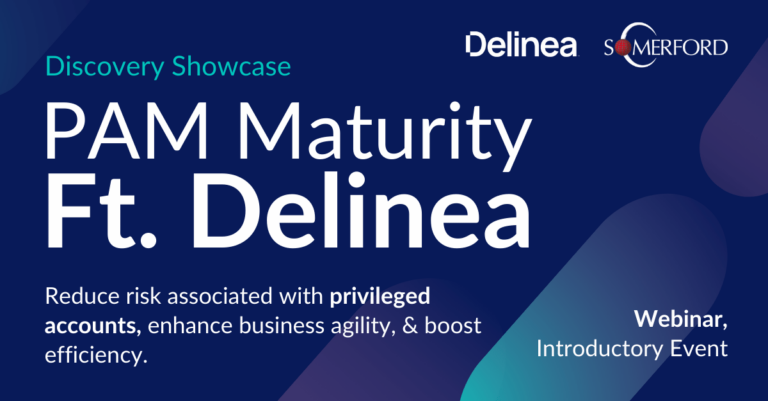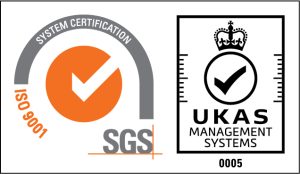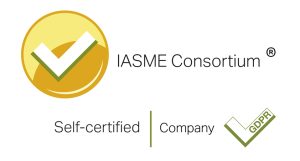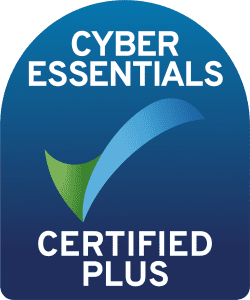
Why Organisations Need Privileged Access Management (PAM) Systems
Author: Ewan Brown
Release Date: 03/02/2025
In the modern digital landscape, securing an organisation’s sensitive data and infrastructure is critical. Cyber threats are constantly evolving, and one of the primary targets for attackers is privileged accounts. These accounts hold elevated permissions, allowing users to access sensitive systems, data, and applications, making them high-value targets for cybercriminals. To mitigate these risks, organisations must implement robust security controls, and Privileged Access Management (PAM) systems are one of the most effective solutions.
What is Privileged Access Management (PAM)?
PAM refers to the strategies, tools, and technologies used to manage and secure privileged access to critical resources. These systems govern the assignment, management, and monitoring of privileged accounts across an organisation's infrastructure, such as servers, databases, applications, and cloud environments.
In essence, PAM ensures that the minimum necessary access is granted to authorised individuals or systems to perform specific tasks. This reduces the attack surface, controls insider threats, and enhances compliance with regulatory requirements.

Why Organisations Need a Privileged Access Management System
1. Mitigating Insider Threats:
Privileged accounts are often misused by malicious insiders or careless employees. Insider threats are a major concern as these users already have legitimate access to critical systems. PAM minimises the risks by providing granular control and oversight, ensuring that privileged access is used appropriately.
2. Preventing External Attacks:
Hackers specifically target privileged accounts because they provide access to the core of an organisation’s systems. Once compromised, a privileged account allows an attacker to cause widespread damage. PAM reduces the risk by implementing strong authentication mechanisms, just-in-time access, and session recording, thus making it difficult for unauthorised users to exploit these accounts.
3. Compliance with Regulatory Requirements:
Organisations are often required to comply with industry standards and regulatory frameworks like GDPR and PCI DSS, which mandate the protection of sensitive data. PAM systems help organisations comply by providing features like audit trails, role-based access control (RBAC), and periodic reviews of privileged account activity.
4. Reducing the Attack Surface:
Without proper control, privileged accounts can proliferate across systems, often leading to orphaned accounts, shared credentials, or dormant accounts that create vulnerabilities. PAM addresses these issues by centralising the management of privileged accounts, providing visibility into who has access to what, and ensuring that access rights are always up to date.
5. Enhanced Security Posture:
By implementing a PAM solution, organisations can dramatically improve their overall security posture. With PAM, security teams can monitor privileged user activity in real-time, detect unusual behaviour, and respond to threats quickly, thus minimising the potential damage from breaches.

Key Features of Privileged Access Management Systems
1. Role-Based Access Control (RBAC):
PAM enables organisations to assign specific roles with clearly defined permissions, ensuring that users only access what they need to perform their jobs. This limits the potential damage from an account compromise.
2. Multi-Factor Authentication (MFA):
PAM systems enforce strong authentication methods, such as MFA, for privileged accounts, ensuring that access is granted only after a user’s identity is verified through multiple layers of authentication..
3. Just-In-Time (JIT) Access:
One of the most effective ways PAM limits the misuse of privileged accounts is by implementing just-in-time access. This means that privileged access is granted only for a specific time period, reducing the window of opportunity for attackers to exploit such accounts.
4. Session Monitoring and Recording:
PAM solutions allow organisations to monitor and record privileged user sessions. This visibility into user actions helps detect suspicious behaviour and provides evidence for audit and forensic investigations.
5. Audit and Reporting:
PAM systems provide detailed audit logs and reports on privileged access activities, helping organisations meet compliance requirements and ensure transparency in how privileged accounts are managed.
Benefits of Implementing a Privileged Access Management System
1. Improved Security:
PAM reduces the risk of unauthorised access to critical systems by enforcing strict controls over privileged accounts. Features like session monitoring and real-time threat detection provide an extra layer of security.
2. Operational Efficiency:
A PAM system automates many processes involved in managing privileged access, such as access requests, approvals, and auditing. This saves time for IT and security teams and reduces the chances of human error.
3. Reduced Risk of Data Breaches:
Since privileged accounts are often a target for cyberattacks, managing these accounts effectively lowers the risk of data breaches. PAM makes it harder for attackers to escalate privileges or move laterally within an organisation's network.
4. Streamlined Compliance:
Compliance with industry regulations is simplified with PAM. Detailed audit trails, access reports, and session logs are critical for demonstrating to regulators that privileged access is controlled and monitored effectively.
5. Scalability and Flexibility:
As organisations grow, the number of privileged accounts tends to increase. A PAM system scales with the organisation, providing consistent control over access management regardless of the number of users or systems.

How to Implement a Privileged Access Management Solution
1. Identify and Inventory Privileged Accounts:
The first step in implementing PAM is to identify and create an inventory of all privileged accounts within the organisation, including system, service, and application accounts.
2. Assess and Classify Risks:
Not all privileged accounts carry the same level of risk. Classify accounts based on their level of access and potential impact on security, and then prioritise accordingly.
3. Implement RBAC and JIT Access:
Ensure that accounts are granted only the necessary level of access, and implement just-in-time access to reduce exposure.
4. Monitor and Audit Regularly:
Continuously monitor privileged account activity and review access logs to identify any irregularities or potential threats.
Conclusion
In today’s highly connected digital world, organisations must prioritise securing their most sensitive assets, and privileged accounts are often the weakest link in the security chain. A Privileged Access Management system provides the necessary tools to manage, control, and monitor privileged accounts, reducing the risk of both insider and external threats. By implementing PAM, organisations can significantly enhance their security posture, improve operational efficiency, and ensure compliance with regulatory standards.
By securing privileged access, organisations safeguard their sensitive systems and enhance their ability to detect, prevent, and respond to cyber threats in real-time. PAM is a critical component of a comprehensive cybersecurity strategy.







